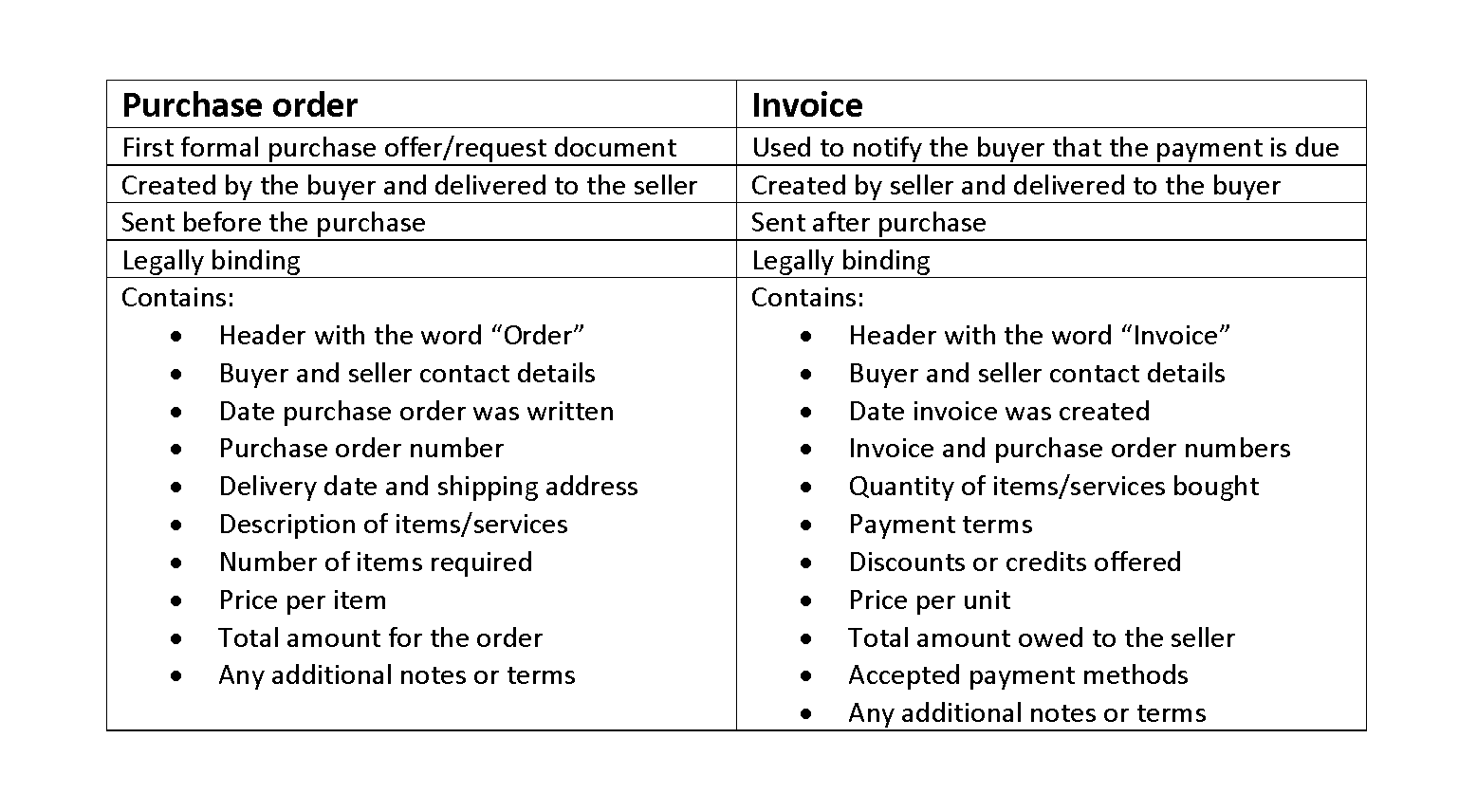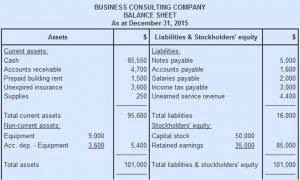
Inaccurate cash flow estimates can lead to incorrect present values, which may result in suboptimal investment decisions. NPV is calculated by summing the present values of all future cash flows, including inflows and outflows, and represents the net benefit of an investment or project. Net present value (NPV) compares the value of future cash flows to the initial cost of investment. This allows businesses and investors to determine whether a project or investment will be profitable. A positive NPV suggests that an investment will be profitable while a negative NPV suggests it will incur a loss. Use this online PV calculator to easily calculate the Present Value, a.k.a. Present Worth of a future sum of money or stream of cash flow based on the rate of return (discount rate) and the investment term.
- The word «discount» refers to future value being discounted back to present value.
- By calculating the present value of projected cash flows, firms can compare the value of different projects and allocate resources accordingly.
- PV is suitable for evaluating single cash flows or simple investments, while NPV is more appropriate for analyzing complex projects or investments with multiple cash flows occurring at different times.
- It is also used to evaluate the potential profitability of capital projects or to estimate the current value of future income streams, such as a pension or other retirement benefits.
- You’ll then compare that to what you have saved now – or what you think you’ll have saved by your retirement date – and that gives you a rough idea of whether your savings is on track or not.
Facilitates Comparison of Investment Alternatives
The longer the time horizon, the lower the present value, as future cash flows are subject to a greater degree of discounting. PV is a crucial concept in finance, as it allows investors and financial managers to compare the value of different investments, projects, or cash flows. Meanwhile, today’s dollar can be invested in a safe asset like government bonds; investments riskier than Treasuries must offer a higher rate of return. However it’s determined, the discount rate is simply the baseline rate of return that a project must exceed to be worthwhile.
Positive NPV vs. Negative NPV
A popular change that’s needed to make the PV formula in Excel work is changing the annual interest rate to a period rate. One key point to remember for PV formulas is that any money paid out (outflows) should be a negative number, while money in (inflows) is a positive number. If we assume a discount rate of 6.5%, the discounted FCFs can be calculated using the “PV” Excel function. Thus, the $10,000 cash flow in two years is worth $7,972 on the present date, with the downward adjustment attributable to the time value of money (TVM) concept. All future receipts of cash (and payments) are adjusted by a discount rate, with the post-reduction amount representing the present value (PV). Of course, both calculations also hinge on whether the rate of return you chose is accurate.
Example of Calculating NPV
This Present Value Calculator makes the math easy by converting any future lump sum into today’s dollars so that you have a realistic idea of the value received. Typically, people use a PV calculator to compute these numbers, but they can also https://www.bookstime.com/ use a present value table. These charts compute the discount rates used in the PV calculation, so you don’t have to use a complicated equation. This is why most lottery winners tend to choose a lump sum payment rather than the annual payments.
- A positive NPV indicates that the investment or project is expected to generate a net gain in value, making it an attractive opportunity.
- A popular change that’s needed to make the PV formula in Excel work is changing the annual interest rate to a period rate.
- When we compute the present value of annuity formula, they are both actually the same based on the time value of money.
- You can think of present value as the amount you need to save now to have a certain amount of money in the future.
The higher the positive NPV, the more profitable the investment or project is likely to be. The expressions for the present value of such payments are summations of geometric series. Present value calculations are also very useful when it comes to bond yields, pensions, and savings accounts. It is an important financial concept and can be helpful to those who are making financial investments. That means if I want to receive $1000 in the 5th year of investment, that would require a certain amount of money in the present, which I have to invest with a specific rate of return (r).

This team of experts helps Finance Strategists maintain the highest level of accuracy and professionalism possible. Moreover, it is vital to recognize the differences between Present Value and Net Present Value, as each method serves a unique purpose in financial analysis. A higher present value is better than a lower one when assessing similar investments.
Do you already work with a financial advisor?
This method can be used to compare projects of different time spans on the basis of their projected return rates. To calculate the present value of a stream of future cash flows you would repeat the formula for each cash flow and then total them. Fortunately, you can easily do this using software or an online calculator rather than by hand. Both investors and creditors use a present value calculator to evaluate potential investments and measure the return on current projects. The time value of money concept is important because it allows investors to measure what their investment returns are worth today and whether there are better options available. Present value, often called the discounted value, is a financial formula that calculates how much a given amount of money received on a future date is worth in today’s dollars.
Where Should We Send Your Answer?

It also assumes that cash flows will be received at regular intervals, which may not always be the case. Additionally, NPV does not take into account non-financial factors such as risk, which can also impact investment decisions. Interest is the additional amount of money present value formula gained between the beginning and the end of a time period. Alternatively, when an individual deposits money into a bank, the money earns interest. In this case, the bank is the borrower of the funds and is responsible for crediting interest to the account holder.

